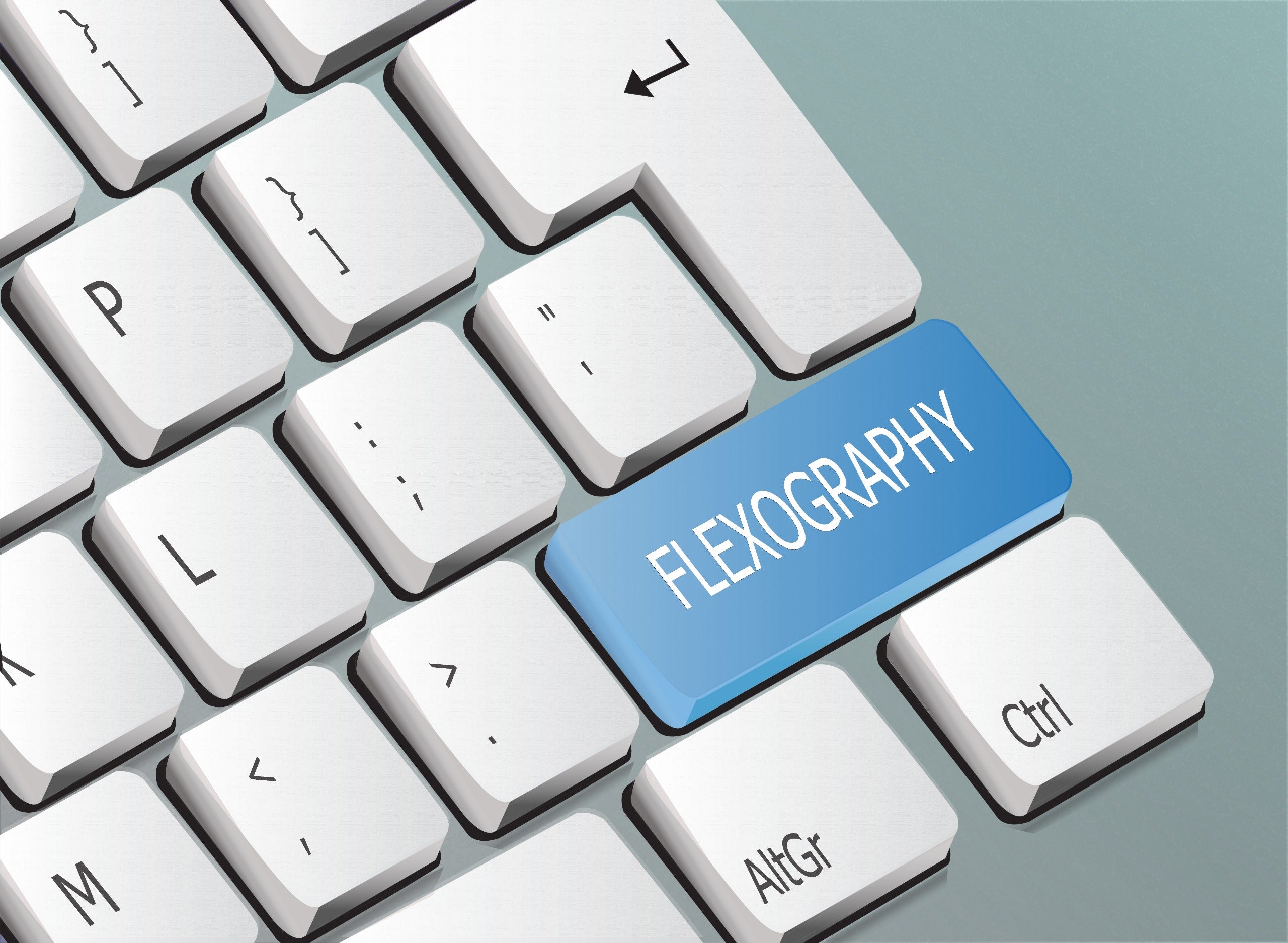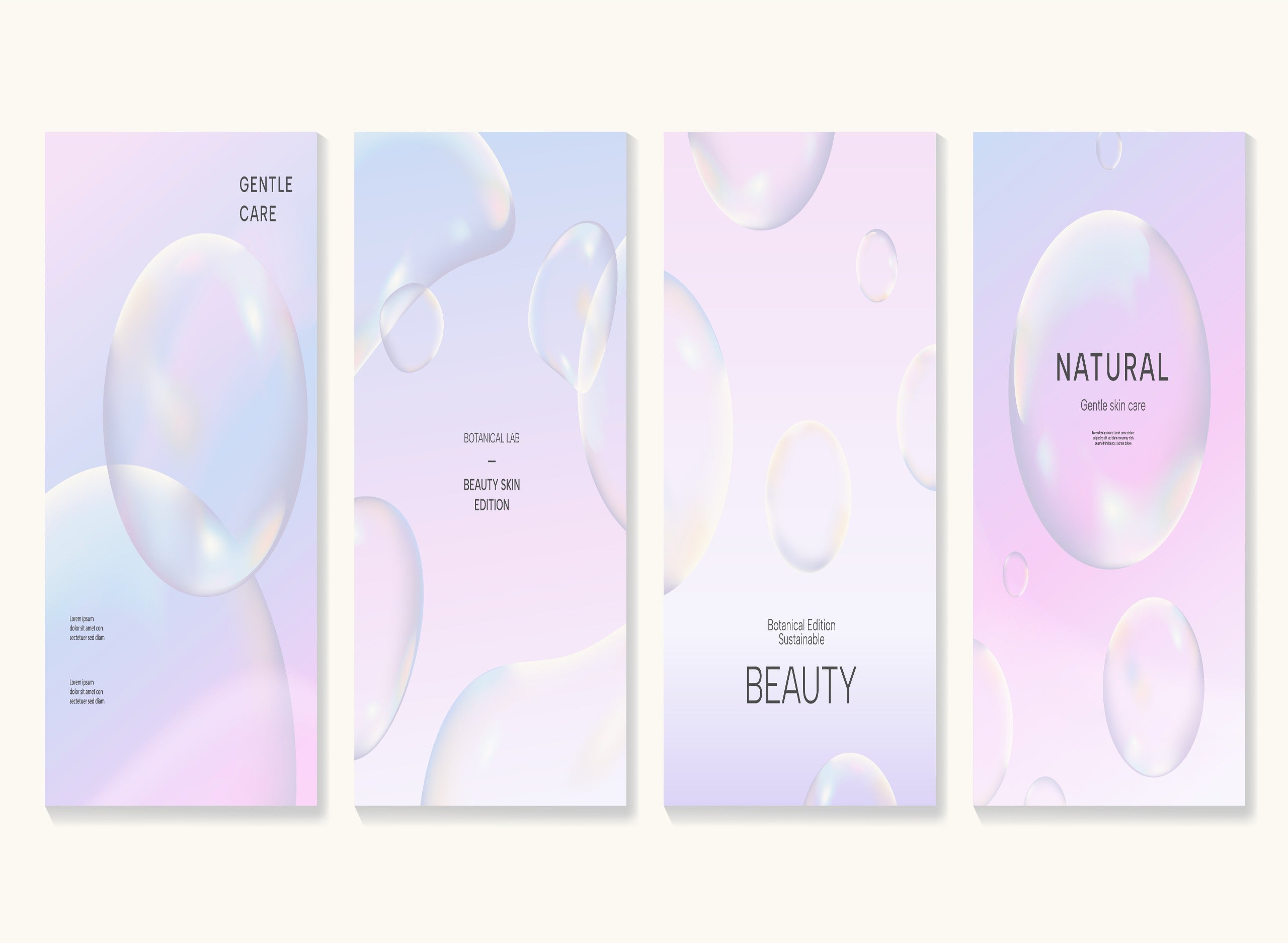As digital advancements continue to alter the business landscape, the role of conventional printing techniques in areas like packaging must not be overlooked. Lithography, or offset printing, emerges as a prime example of excellence and productivity in this context. This guide delves into the intricacies of offset printing, shedding light on its mechanics, different forms, and the unmatched benefits it offers companies aiming to enhance their packaging capabilities.
What is Lithography?
Offset printing, also known as lithography, utilizes rotating cylinders to efficiently apply ink across various bases, including traditional paper, wood, fabric, or leather. This approach is renowned for its ability to handle vast quantities of print jobs, making it indispensable for the packaging industry.
Lithography’s meticulous approach to color application is what makes it indispensable. It meticulously sorts colors based on the CMYK color model—cyan, magenta, yellow, and black—ensuring each hue is applied with precision.
How Does Offset Printing Work?
Preparing
The journey begins in the digital realm, where designs are prepared with a keen eye on the CMYK color spectrum. Each color layer is etched onto aluminum plates, ready to be wrapped around the plate cylinder, setting the stage for the printing magic to unfold.
Feeding
Modern offset printers are marvels of automation, employing air jets to feed individual sheets into the printing press. These machines ensure flawless paper intake, preventing any mishaps that could compromise print quality.
Printing
The real artistry occurs as the ink navigates through an orchestrated sequence of rollers and cylinders. Dampening rollers play a pivotal role, repelling ink from non-image areas, while the ink adheres to the designated image parts. This choreography between the plate cylinder and the rubber-wrapped blanket cylinder ensures ink is transferred with impeccable precision.
Drying
The finale of the printing process involves a careful drying phase, where printed sheets are coated with anti-set-off powder. This step prevents unwanted smudging, preserving the integrity of the print as it moves to the trimming stage.
Different Types of Offset Printing
Diversity in offset lithography techniques allows businesses to tailor their printing approach to specific needs. Here’s a look at some popular offset printing methods:
Web Offset Printing
Suited for large print runs like newspapers or books, web offset printing impresses with its continuous paper feed mechanism, optimizing efficiency and speed.
Sheet-fed Offset Printing
For more custom projects, sheet-fed offset printing offers precision, handling pre-cut sheets with finesse, ideal for high-quality brochures or packaging.
Quick-set and Digital Offset Printing
Quick-set variants expedite the drying process, perfect for tight deadlines, while digital offset printing merges traditional quality with digital flexibility, offering a hybrid solution for modern printing demands.
Advantages of Offset Printing
The strategic choice of offset printing brings a plethora of benefits:
Unmatched Quality
The quality and vibrance of offset printing are unrivaled, offering businesses the chance to make a profound impact with their packaging.
Cost-Effectiveness
While initial setup costs are present, the economic scale of offset printing becomes apparent with larger runs, providing a cost-efficient solution without compromising on quality.
Swift Turnaround
Despite the setup and drying duration, offset printing boasts a quicker turnaround for high-volume projects compared to digital alternatives.
Sustainability and Versatility
With options for vegetable-oil-based inks and durable aluminum plates, offset printing not only leans towards sustainability but also accommodates a vast array of materials, enabling creative packaging solutions that resonate with contemporary consumer preferences.
Final Thoughts
Lithography has proven to be an indispensable tool for businesses in the modern era. As we continue to explore new wrapping techniques for products, the thoughtful application of offset printing is sure to influence the evolution of packaging strategies.














Leave a comment
All comments are moderated before being published.
This site is protected by reCAPTCHA and the Google Privacy Policy and Terms of Service apply.